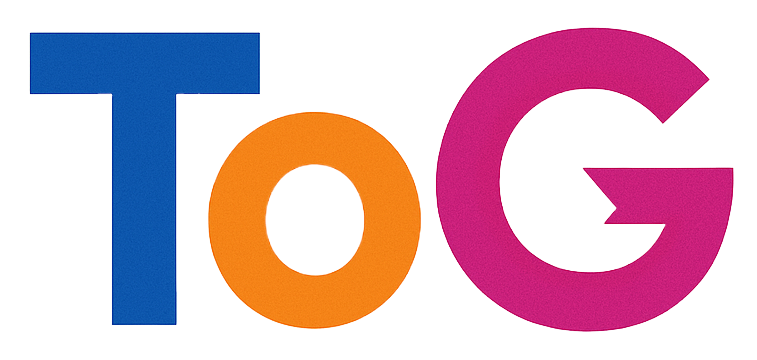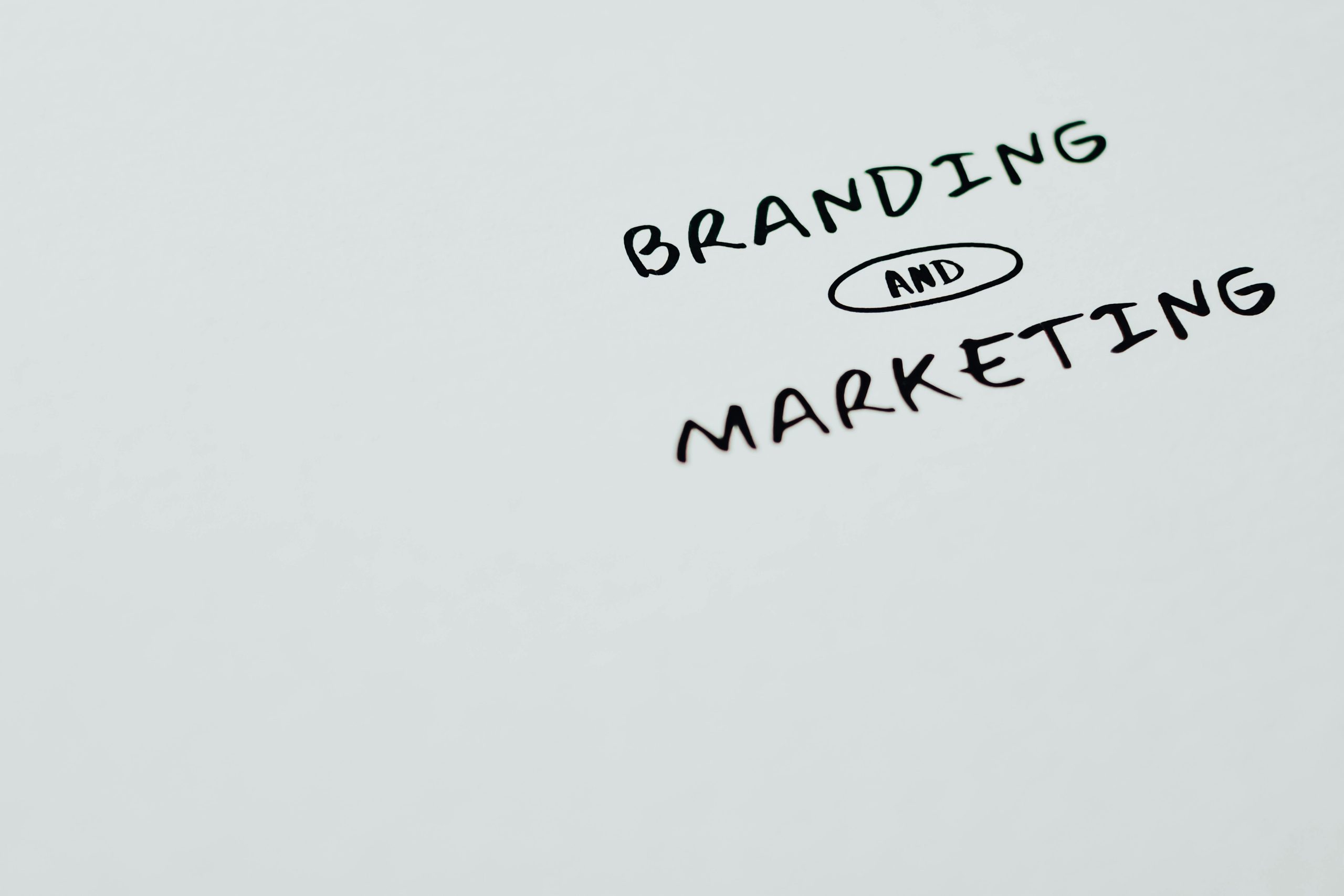Enhancing Content for LLM Visibility: Insights from Agency Practices
In the ever-evolving landscape of digital marketing, optimizing content for large language models (LLMs) and Artificial Intelligence search has become a focal point for many agencies. While advice on improving factors like clarity, structure, and implementing Schema markup is ubiquitous, the practical application of these strategies in real-world scenarios remains a topic of intrigue.
Curious about the day-to-day workflows agencies have adopted for enhancing content, I sought to uncover how professionals are translating theoretical advice into concrete actions. Specifically, what processes do agencies employ when auditing or refreshing existing client content to ensure it meets LLM standards?
It’s essential to explore the practical approaches that practitioners are using. Are there particular checklists or criteria in place that guide the content review process for LLM compatibility? In a busy agency environment, which elements of this analysis or adjustment phase demand the most manual effort and time?
Understanding these nuanced workflows can provide valuable insights into how agencies are adapting to technological advancements and evolving their methodologies accordingly. If anyone has experiences or strategies to share, your input could help demystify the intricate balance of art and science involved in making content LLM-friendly.
As we dive deeper into this topic, it becomes clear that although foundational guidelines are helpful, the real mastery lies in the tactical implementation of these concepts. The rapidly changing nature of this field suggests that best practices are continuously being fine-tuned, and sharing knowledge could lead to more efficient workflows across the board.

